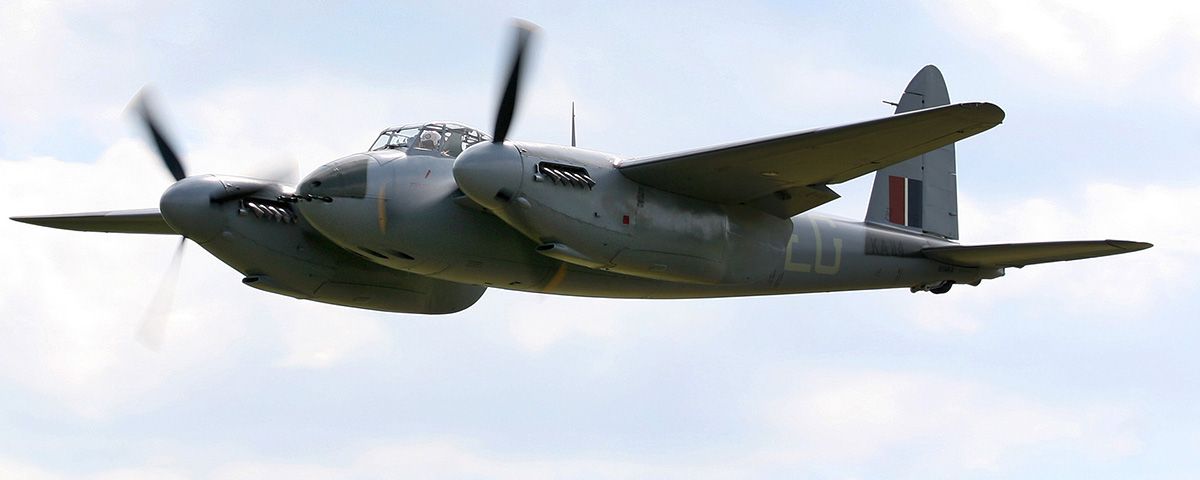After weathering a financial storm in 2013, the Military Aviation Museum’s airplanes are once again tearing up the skies over Virginia.
Jerry Yagen is a man on a mission. Dressed in an Army-green flight suit over a blue shirt and tie, the close to 68-year -old strides purposefully into his Military Aviation Museum, having just arrived from his Virginia Beach corporate offices. Yagen heads straight for the rear door, leading to the airfield out back. He’s expecting the arrival of his latest warbird acquisition, but he won’t say what it is—it’s a surprise. He looks skyward, pacing back and forth like a kid waiting to open a Christmas present. As he stands in the middle of the grass strip, Yagen taps furiously on his smartphone and determines that the airplane has been delayed. About an hour later a camouflaged radial-engine fighter with U.S. Army Air Corps markings drops out of the sky and taxis down the strip. It’s a North American P-64 replica, built from an SNJ-4 airframe as a two-seater. The warbird collector bought it sight unseen.
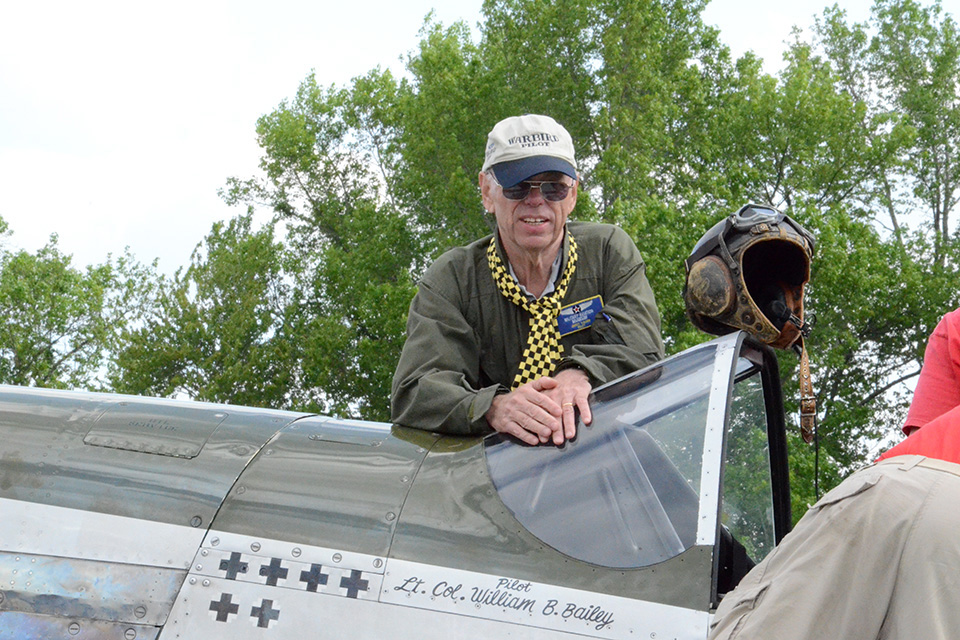
For more than 16 years Yagen has been assembling one of the world’s largest collections of airworthy warbirds owned by a single individual. He shows them off to the public with two major airshows, the mid-May Warbirds Over the Beach—the occasion for the P-64 replica’s arrival—and early-October Biplanes & Triplanes, plus a number of smaller events. During the May 16-18 airshow this year, spectators were treated to a veritable “who’s who” of flying World War II aircraft, including a P-51D Mustang piloted by Yagen himself, Spitfire Mk. IXe, Hurricane Mk. XIIb, FG-1D Corsair, FM-2 Wildcat, TBM-3E Avenger, PBY-5A Catalina, P-40E Kittyhawk, Yak-3, B-25J Mitchell, Junkers Ju-52/3m, Messerschmitt Bf-108 and the museum’s crown jewel, what is to date the world’s only flying de Havilland Mosquito.
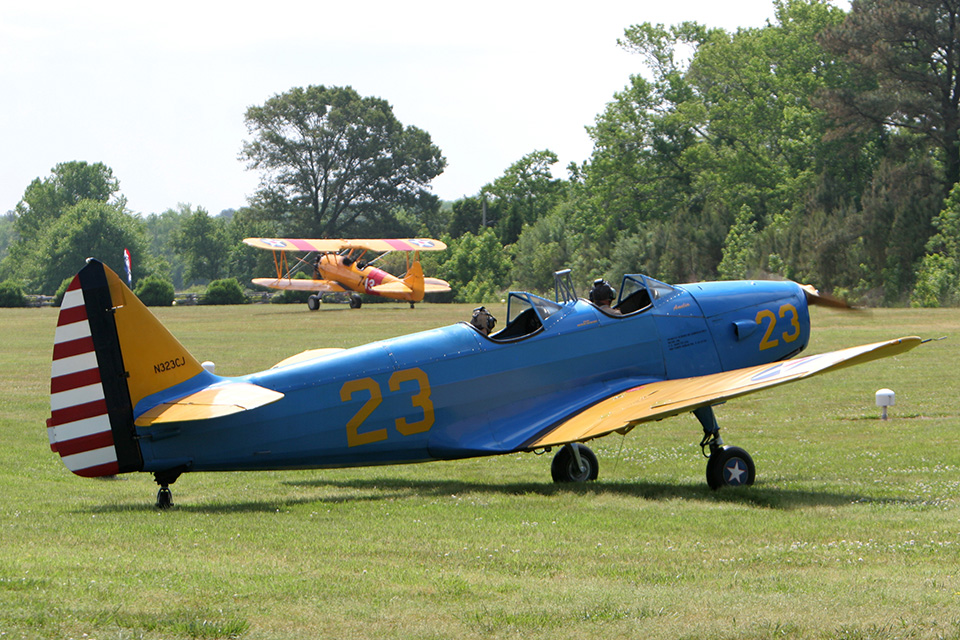
Like many bitten by the aviation bug, Yagen started out building models and RC airplanes. “I built them out of balsa wood, built them out of plastic,” he says. “So I’m still doing the same thing, but now they’re on a scale of 1-to-1.” While studying business at Virginia Tech he joined a local flying club, and learned to fly in a single-engine Piper. Yagen’s first airplane was a Piper Cherokee 180 he bought for $8,000. He went on to earn a multi-engine rating, and today most often flies his Piper Aerostar twin.
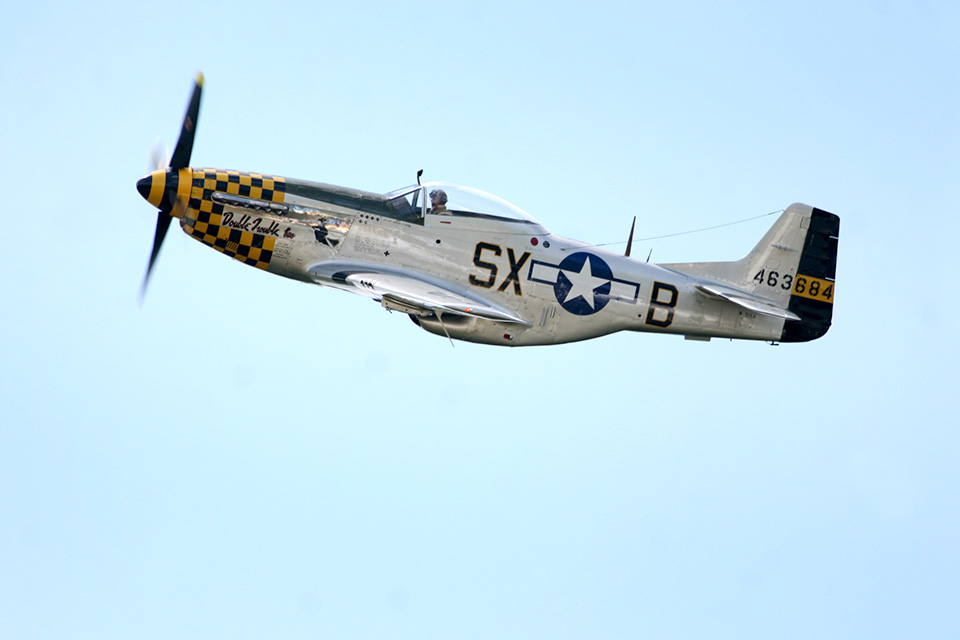
In 1994, while attending a convention for Aerostar owners in Canada, he and his wife Elaine went to a 1940s-period hangar dance at the Canadian Warplane Heritage Museum in Hamilton. Surrounded by historic aircraft, Yagen decided on the spot that he wanted a warbird for himself, to fly on weekends over Virginia Beach. That first airplane, a wrecked Curtiss P-40E recovered from north of the Arctic Circle in Russia, turned into a seven-year restoration project that was eventually completed by Avspecs in Auckland, New Zealand. Meanwhile, he bought a Stearman PT-17 biplane trainer to learn how to fly tailwheel airplanes.
Today even Yagen isn’t sure how many airplanes he owns. In addition to the 60 or so housed in his facility’s hangars and warehouses, he says, “We have some airplanes at a neighboring airport [including his Messerschmitt Me-262 replica]. I have airplanes in Australia, New Zealand, South America, Germany, Russia—a lot of places.” Asked to pick a favorite, he singles out the Spitfire, “because of the history and the maneuverability, and it’s able to fly.” He’s quick to add, however, “I’ve often thought if I had to fly an airplane in combat in the Second World War…I think I’d rather be flying the P-51 Mustang, because it really outperforms.” Yagen doesn’t personally pilot all of his warbirds because, he says: “I’m too safety conscious. You can jump from a Ford into a Chevrolet, but you cannot jump from a Spitfire into a Corsair. I usually fly about three or four airplanes, and then I’ll drop one and pick up another.”
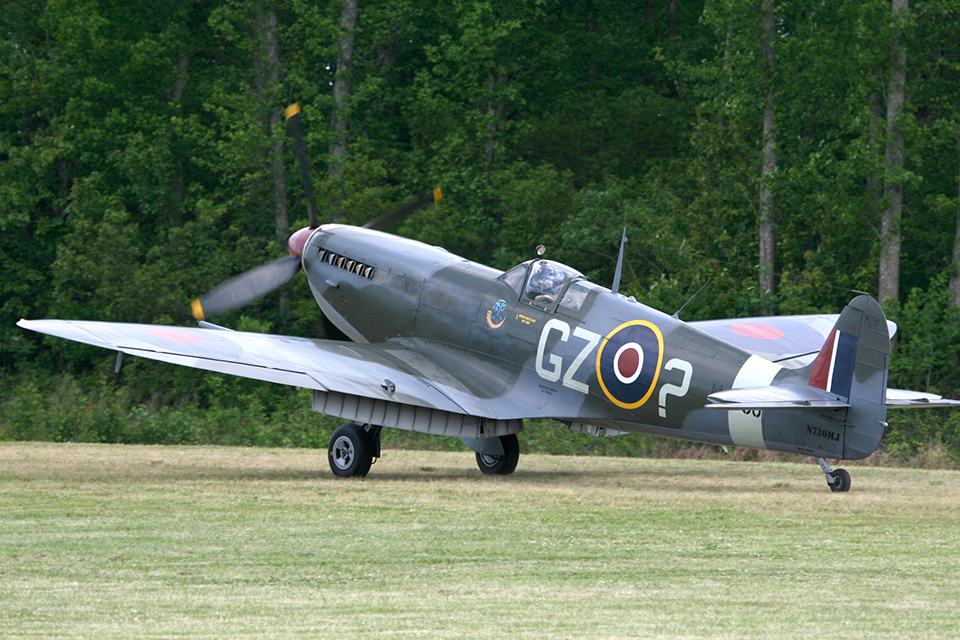
The airplane he would most like to add to his collection? A Ju-87 Stuka dive bomber, because “it’s just rare—there are none in private hands.” He’s unwilling to discuss any current projects that are in the works, and explains why with a smile: “For a long time nobody knew about the Mosquito, but as word started to spread that there’s an American building a Mosquito in New Zealand, parts got more expensive.”
Yagen does say he plans to acquire a Flying Fortress at some point, to replace the B-17G Chuckie he sold to the Tillamook Air Museum in Oregon when he ran into cash-flow problems last year. His announcement in June 2013 that he no longer had the funds to keep supporting the Military Aviation Museum sent shockwaves through the warbird community. That announcement, reportedly prompted by changes in federal regulations related to for-profit vocational schools, Yagen’s primary source of income, turned out to be premature. While he did sell off a dozen airplanes, he says: “I got a lot of money for [them]. All the money went into a bank account, and it’s still there today. And I tried to use the money to buy them all back,” though he was only successful with “one, and maybe two.”
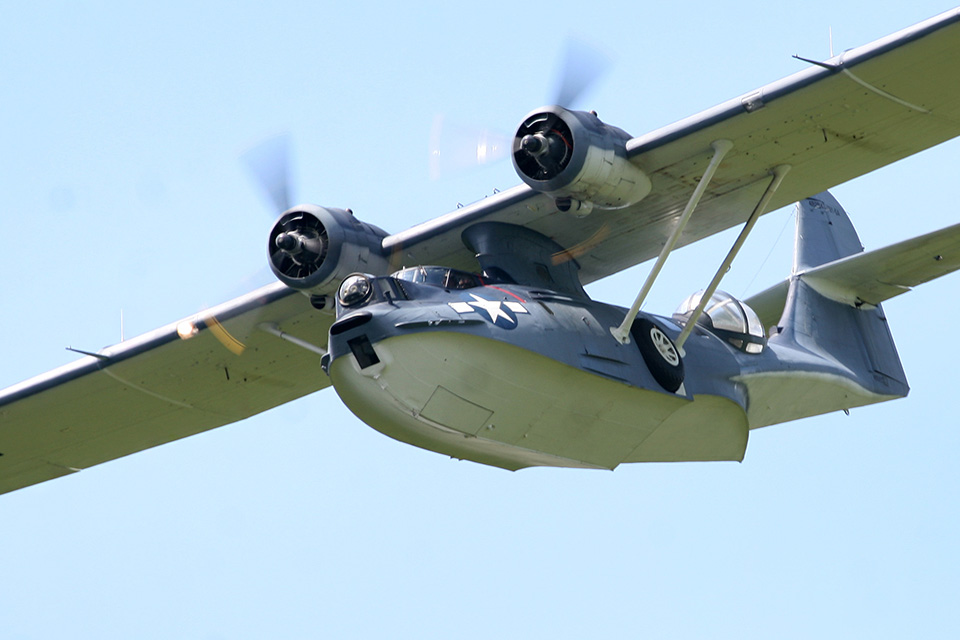
As for the perennial question about whether rare warbirds should even be flown, given the possibility of losing one in an accident, “That’s the risk you take,” says Yagen. “But I say more to the kids that see the airplanes fly, when they grow up and they grow old, they can tell their grandchildren, ‘You know, back in the beginning of the century these types of airplanes used to fly over Virginia Beach.’ And that’s going to be a wonderful experience for people to tell their grandkids.
“There’s nothing like seeing one of these airplanes in the air,” Yagen muses. “It is so unusual, it is so fantastic.” Talking with this surprisingly unassuming man, who wears a patch on his flight suit identifying him as “Jerry Yagen, Pilot,” you get the feeling that inside he’s still just a kid, waiting to unwrap that next present.
Warbirds Over the Beach originally appeared in the September 2014 issue of Aviation History magazine. Subscribe today!

